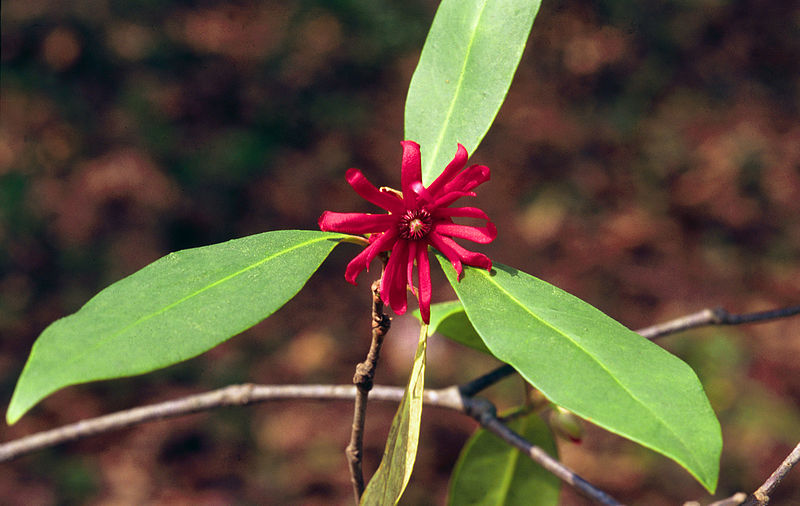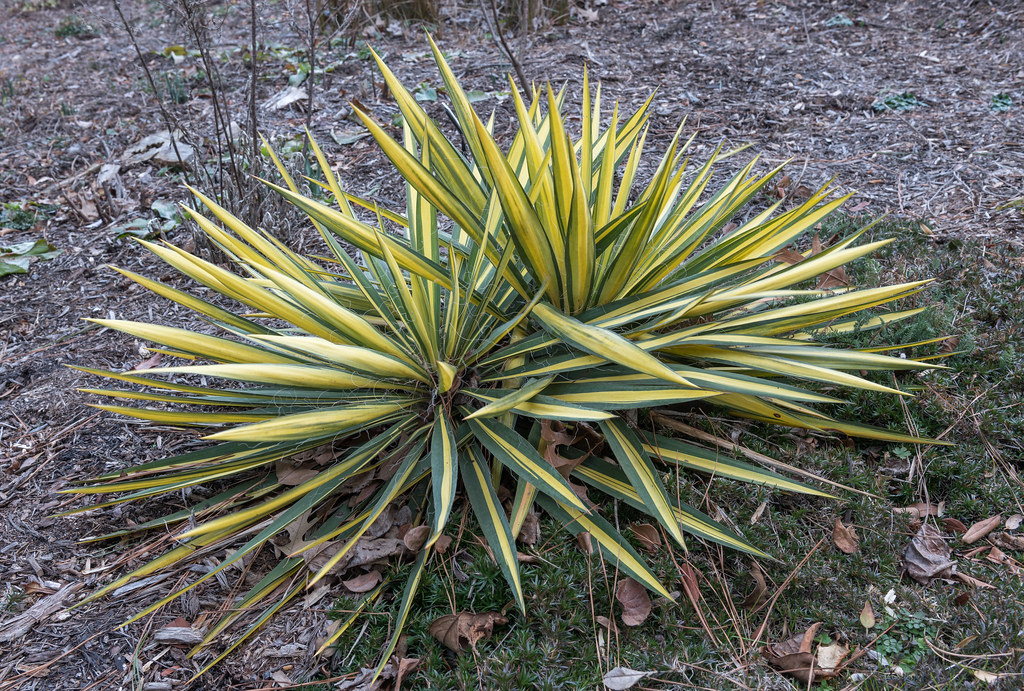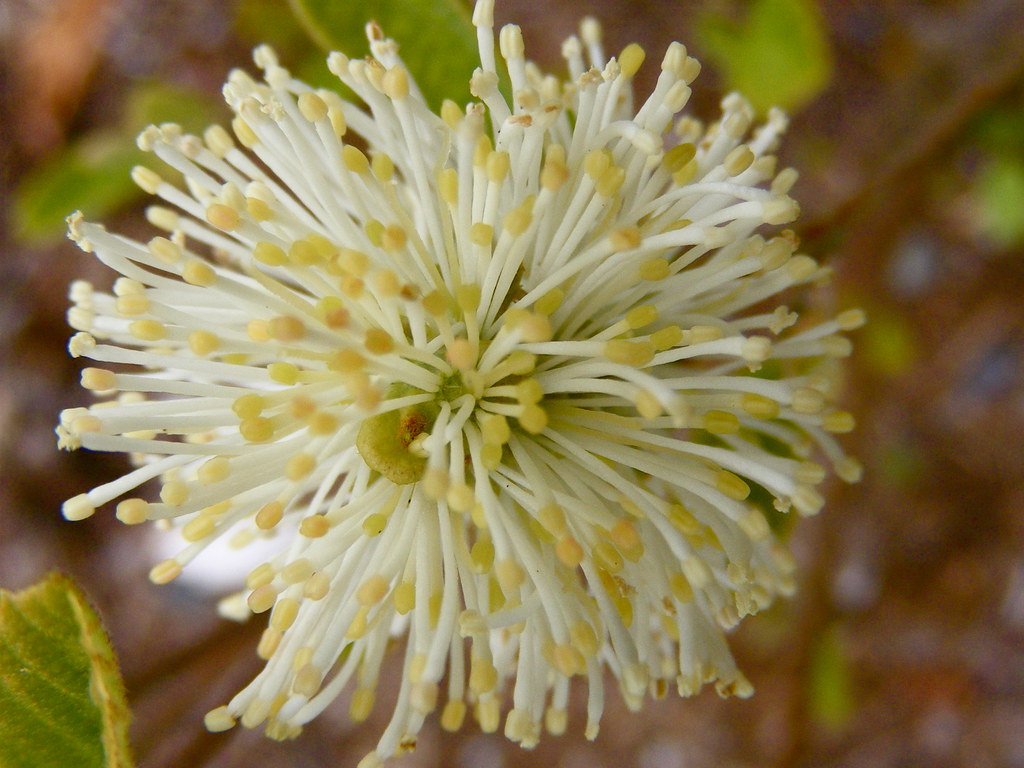Spring season is the right time to include and grow new plants for your garden. Whether it is woodland or ornamental, you want to bring the best out of your home garden for the new season.
While you can pick some exotic plants to take care of, why not consider going for a “native approach” and choose to grow native plants in your garden? After all, native plants are very easy to take care of.
Plus, they require little garden care and maintenance. What’s not to love about that? You get to transform your garden and have enough energy to do other things.
Here are the four best native plants in Georgia that you can plant during the spring season.
American Snowbell
The American snowbell (Styrax americanus) is a deciduous shrub that is part of the Styracaceae family. This plant can be found in southwestern parts of the USA, one of which includes Georgia. It has unique features such as white bell-shaped flowers, dark green leaves, and sweet summer fragrant smell.
It has other names as well, such as storax and mock orange.
An interesting fact about the American snowbell is that it got its name from its flowers, which are bell-shaped. It can grow from 5 to 8 feet in height.
What makes the American snowbell a desirable plant to grow in spring is that it looks gorgeous in full bloom, making it look like snow. Plus, its pleasant smell attracts honeybees, bumblebees, and butterflies.
The question that matters the most now is: “How do I take care of this beautiful plant?” There are two simple ways, which are propagation by seed or by cuttings.
For seeds, sow it into the soil and let it germinate for 6-8 weeks. But if you want to grow this plant through the other method, you need to plant softwood cutting on moist soil.
The American snowbell prefers acidic, organic moist sandy loam and full sunlight, as it grows better under these so-called conditions. It also mimics its natural environment, which are forests and swamps with high-moisture soil.
But don’t let this plant grow under dry soil, as it needs the moisture to keep it growing.
This gorgeous perennial is drought-resistant, insect-resistant, and disease-free. Even though it requires little maintenance, proper gardening care should always be implemented in order for it to have a long life span. This is a great flower-bearing tree shrub to add for your ornamental garden as a statement piece.
Where to buy them: Pike Nurseries
Adam’s Needle
Also known as Yucca filamentosa, this plant is an evergreen shrub that is part of the Agavaceae family. It is mostly found in the Southeastern and Southwestern USA. You can identify the Adam’s needle with its unique characteristics like its sword-shaped & spine-tipped dark green leaves and a flowering stalk with white flowers .
It has other names as well, such as needle palm and Spanish bayonet.
This might surprise some people, but Adam’s needle is unique because it is a slow-growing plant. Yes, you read it right. It will take 2 to 3 years of garden care for the plant to start sprouting flowers from its tall stalks.
Even if it grows at a slow rate, this is a desirable plant to grow for spring. It can tolerate dry locations, as well as freezing winters. Some people put mulch over the yucca plant to keep its crown from freezing and withhold its water.
The Adam’s needle can grow up from 5 to 8 feet in height, and it grows well in full sunlight and dry soil. It may be tolerant to compact/clay soil and droughts, but it does not bode well with damp soil. Its root will rot if ever the soil around it has a high amount of moisture.
If you plan to have this great succulent as an ornament to your garden, make sure that it has a space of two to three feet from other plants around. It needs low maintenance and is a hardy plant that can withstand insects and diseases, so there’s no need to worry.
Where to buy them: Kinsey Family Farm
Florida Anise Tree

The Florida Anise tree (Illicium floridanum) is a strikingly beautiful perennial shrub with features such as maroon-purple flowers, 20-30 straw like petals, and dark green foliage. This plant is part of the Illiciaceae or Star-anise family.
The star-shaped plant can be found in the Southeastern United States, as well as other parts of the country. It is also known as purple anise and stink bush due to its pungent odor.
Is it worth it cultivating this plant? Yes, it is worth the time and effort. It can thrive through propagating the seeds or planting the cuttings on soil.
The Florida Anise Tree grows well on rich, moist acidic soil and partial shade. But it can tolerate full sunlight, as long as the soil is moist. This perennial plant blooms in April and May.
Where to buy them: Wilson Bros Gardens
Dwarf Witch Alder
The Dwarf Witch Alder (Fothergilla gardenii) is a native perennial shrub that is part of the Hamamelidaceae or “witch-hazel family”.
This plant can be found in Florida, Alabama, Georgia, as well as North & South Carolina. It can be distinguished by its white flowers that look like masses of stamen, green foliage, and mound-shaped shrub that can grow up to 3 feet.
It is also known as Dwarf Fothergilla, and it blooms between April and May. What sets the Dwarf Witch Alder from the other native plants is that its leaves will turn into red or yellow by fall.
The requirements to grow the Dwarf Witch Alder are simple. First, you must choose a place that has an acidic and moist soil. This plant prefers to grow in those soil conditions. Second, if you want it to grow well, pick an area where it can receive full sunlight. It can also grow in partially shady areas, but not as much as the first one. Lastly, you must prune the plant after the flowers bloom.
The Dwarf Witch Alder is insect-resistant and disease-resistant, so you don’t have to worry about pesky insects. It is advised to add some mulch to conserve moisture. This plant is perfect for you if you want to do little landscaping maintenance around the garden.
Where to buy them: https://www.monticelloshop.org/dwarf-witch-alder-fothergilla-gardenii/
Conclusion
While the idea of growing new plants in your own garden is very daunting, you cannot deny that having a beautiful ornamental garden during spring will give a sense of unbridled joy to your family and community.
If you still want to know what other kinds of native plants can grow around your garden, we strongly advise you to talk to a horticulturist or a plant nursery that offers landscaping and gardening maintenance. They will offer their knowledge and expertise to better help you with your gardening needs.





Leave a Reply